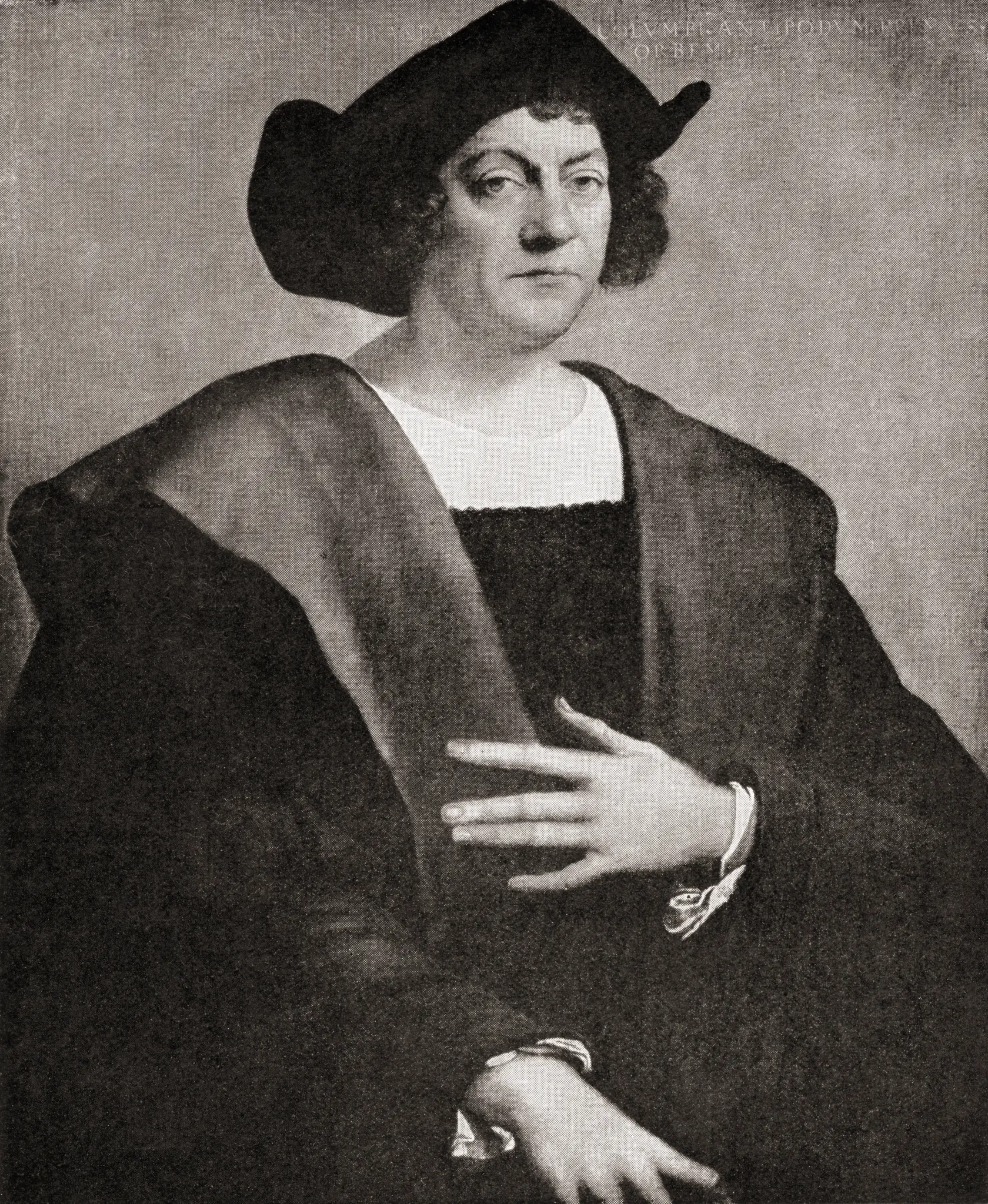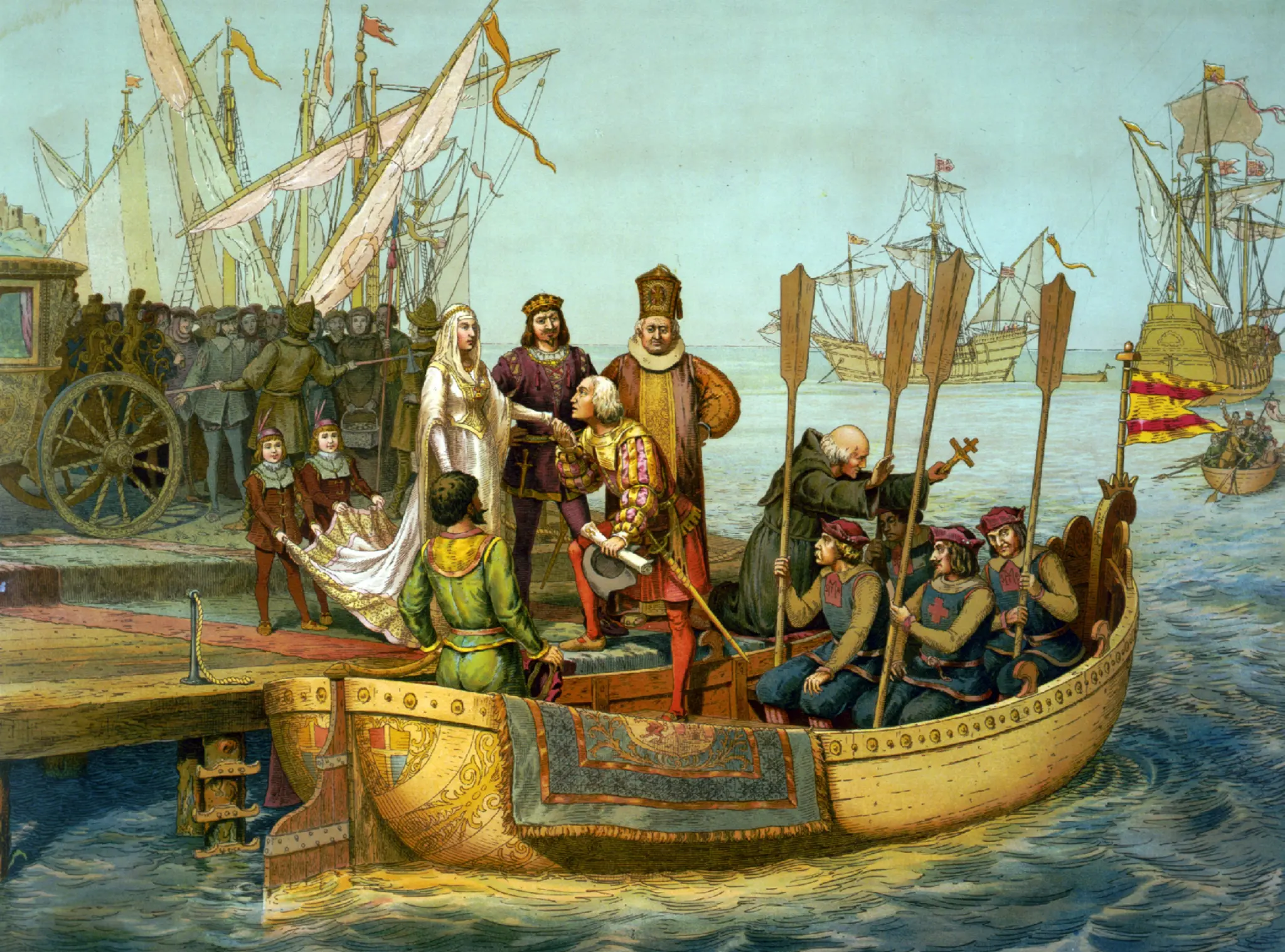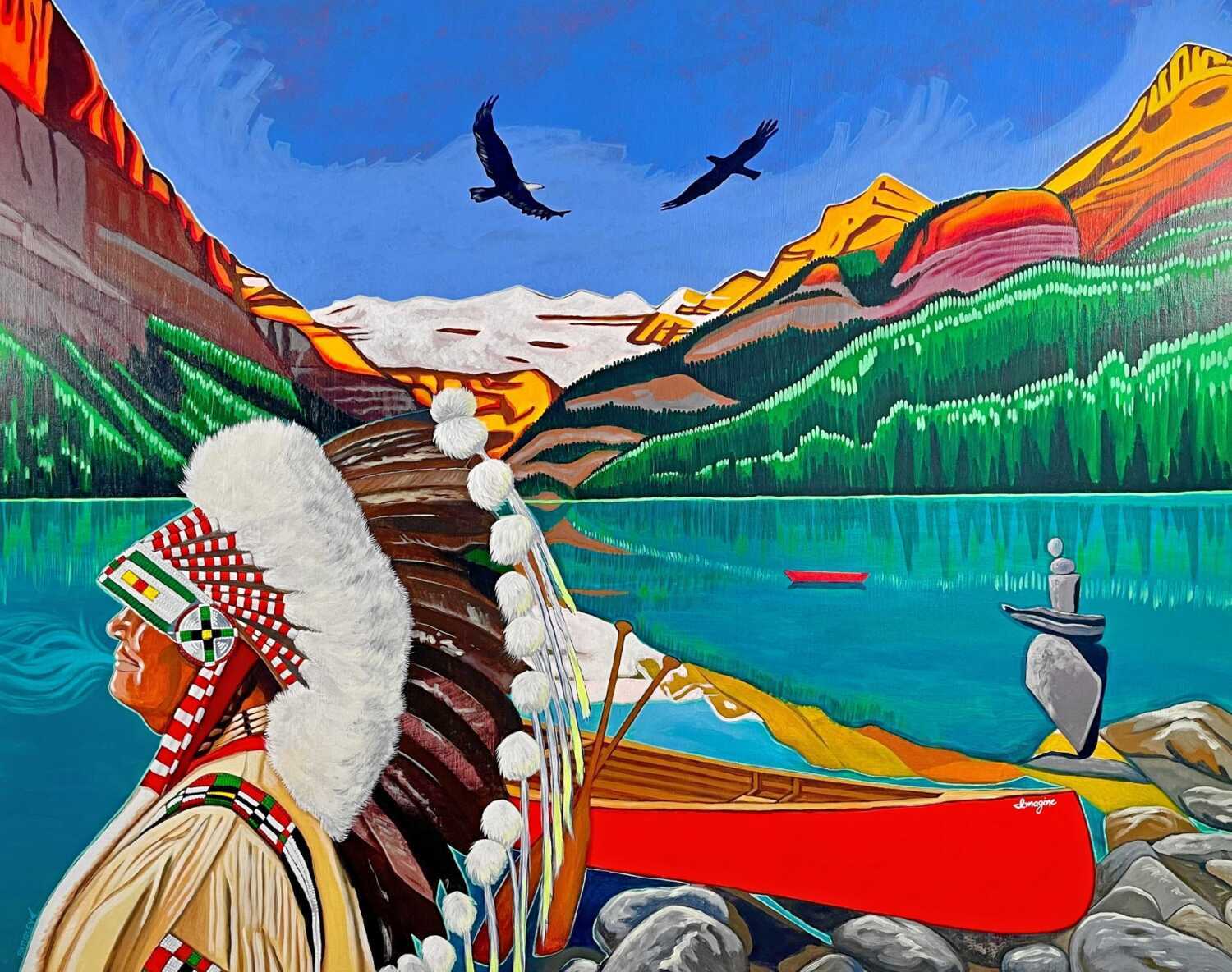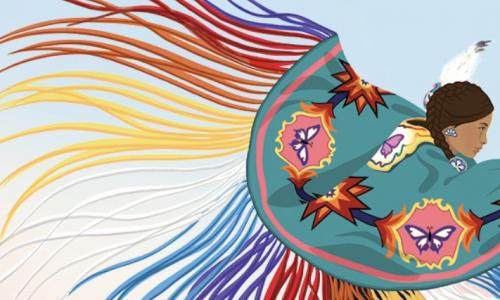Blog
Natesan Ramani (15 October 1934 – 9 October 2015), commonly known as N. Ramani or N. Flute Ramani, was an Indian Carnatic flautist. He was awarded the Madras Music Academy‘s Sangeetha Kalanidhi in 1996. Ramani is also credited with introducing the long flute into Carnatic music. Ramani was born in Tiruvarur, a city in Tamil Nadu which is honored by its association with the Trinity of Carnatic music. Ramani was born into a family of flautists. Ramani first learnt music from his grandfather, Sri Aazhiyur Narayanaswami Iyer, a well known flute artist and singer himself. Aware of young Ramani’s keen interest in the Carnatic flute, Ramani’s initiation to Carnatic music began at the age of five.
more...Fela Aníkúlápó Kútì (born Olufela Olusegun Oludotun Ransome-Kuti; 15 October 1938 – 2 August 1997) was a Nigerian musician and political activist. He is regarded as the principal innovator of Afrobeat, a Nigerian music genre that combines West African music with American funk and jazz. At the height of his popularity, he was referred to as one of Africa’s most “challenging and charismatic music performers”.AllMusic described him as “a musical and sociopolitical voice” of international significance.
Kuti was the son of Nigerian women’s rights activist Funmilayo Ransome-Kuti. After early experiences abroad, he and his band Africa ’70 (featuring drummer and musical director Tony Allen) shot to stardom in Nigeria during the 1970s, during which he was an outspoken critic and target of Nigeria’s military juntas.In 1970, he founded the Kalakuta Republic commune, which declared itself independent from military rule. The commune was destroyed in a 1978 raid that injured Kuti and his mother. He was jailed by the government of Muhammadu Buhari in 1984, but released after 20 months. He continued to record and perform through the 1980s and 1990s. Since his death in 1997, reissues and compilations of his music have been overseen by his son, Femi Kuti.
more...Lionel Frederick Cole (October 15, 1931 – June 27, 2020 Chicago) was an American jazz singer and pianist whose recording career spanned almost 70 years. He was the brother of musicians Nat King Cole, Eddie Cole, and Ike Cole, father of Lionel Cole, and uncle of Natalie Cole and Carole Cole.
more...MacHouston “Mickey” Baker (October 15, 1925 – November 27, 2012) was an American musician, best known for his work as a studio musician and as part of the recording duo Mickey & Sylvia.
Baker was born in Louisville, Kentucky. His mother was black, and his father, whom he never met, was believed to be white.
By 1949, Baker had his own combo, and a few paying jobs. He decided to move west, but found that audiences there were not receptive to progressive jazz music. Baker was stranded without work in California when he saw a show by blues guitarist Pee Wee Crayton. Baker said of the encounter:
“I asked Pee Wee, ‘You mean you can make money playing that stuff on guitar?’ Here he was driving a big white Eldorado and had a huge bus for his band. So I started bending strings. I was starving to death, and the blues was just a financial thing for me then.”
He found a few jobs in Richmond, California, and made enough money to return to New York.
After returning east, Baker began recording for Savoy, King and Atlantic Records. He did sessions with Doc Pomus, The Drifters, Ray Charles, Ivory Joe Hunter, Ruth Brown, Big Joe Turner, Louis Jordan, Coleman Hawkins, Dion and numerous other artists.
Inspired by the success of Les Paul & Mary Ford, he formed the pop duo Mickey & Sylvia (with Sylvia Robinson, one of his guitar students) in the mid-1950s. Together, they had a hit single with “Love Is Strange” in 1956. After the duo split up in the late 1958, Baker recorded with Kitty Noble as Mickey & Kitty. They released three records on Atlantic Records in 1959. In late 1959, Baker released his debut solo album, The Wildest Guitar, on Atlantic. Mickey & Sylvia reunited in 1960 and sporadically worked together on additional tracks until the mid-1960s.
more...
James “Son” Thomas (October 14, 1926 – June 26, 1993) was an American Delta blues musician and sculptor.
Thomas was born in Eden, Mississippi on October 14, 1926. While working in the fields, he began listening to blues on the radio. As a self-taught guitarist, he learned to play songs from older blues guitarists Elmore Davis and Arthur “Big Boy” Crudup. He then worked as a gravedigger in Washington County.
Thomas was honored with a marker on the Mississippi Blues Trail in Leland, Mississippi.
Thomas died at the age of 66 in Greenville, Mississippi, from emphysema and a stroke on June 26, 1993.He is buried in Bogue Cemetery in Leland, and memorialized by a headstone placed in 1996 by the Mt. Zion Memorial Fund and paid for by John Fogerty. His epitaph consists of lyrics from one of his songs. His son, Pat Thomas, continues to play and perform his father’s songs.
more...Christopher Columbus wasn’t Italian or even originally Catholic but instead a Sephardic Jew likely from Spain who hid his heritage to avoid persecution, a new genetic study suggests.
A decades-long investigation into the famous controversial explorer’s background and conducted by Spanish scientists was meant to shed light on the lengthy debate over where the 15th-century globetrotter was actually born, according to the BBC.
Traditional theories held that Columbus — who was sailing on behalf of Spain when he trekked across the Atlantic in 1492, sparking European interest in the Americas — was born in 1451 in Genoa, an independent republic on Italy’s northwest coast. But many historians questioned that. And new DNA evidence pulled from some of the bones of Columbus’ corpse in Spain’s Seville Cathedral seems to prove them right. “We have DNA from Christopher Columbus, very partial but sufficient,” forensic expert and investigation leader Miguel Lorente said in a documentary called “Columbus DNA: The true origin,” which aired in Spain on Saturday. “We have DNA from Hernando Colón, his son. And both in the Y [male] chromosome and in the mitochondrial DNA [from the mother] of Hernando there are traits compatible with Jewish origin,” Lorente said. Although researchers weren’t positive where Columbus was actually born, they believe it was likely Western Europe, possibly the Spanish city of Valencia.
They believe that Columbus either concealed his Jewish identity or converted to Catholicism to avoid religious persecution.
The findings are based on nearly 22 years’ worth of research that began in 2003, when Lorente, a professor of forensic medicine at Granada University, and historian Marcial Castro exhumed Columbus’ partial remains from the cathedral.
For centuries, countries had argued over his origin, with dozens of conflicting theories that claimed he was born in Poland, Great Britain, Greece, Portugal, Hungary or even Scandinavia. But those ideas — including the novel thought of a Viking Columbus — appear to have been incorrect. The DNA-driven results are “almost absolutely reliable,” Lorente said. The results are consistent with historical records of the era, too, which showed that about 300,000 Jews lived in Spain before Catholic monarchs Isabella and Ferdinand ordered Jews and Muslims to either convert to Catholicism or leave.


more...
Even though it looks stunning by itself, this Picture of the Week is actually only a tiny part of a 1.5-billion-pixel image of the Running Chicken Nebula. It forms the comb on the running chicken’s head — at least according to some people, because everyone seems to see a different chicken! The data for this gigantic image was captured by the VLT Survey Telescope(VST), a facility of the Italian National Institute for Astrophysics hosted and operated by ESO.
But for now, let’s zoom back in on GUM 39, as this nebula is officially called. In the sky, you will find it in the Centaurus constellation, about 6500 light-years from Earth. All around the nebula, orange, white and blue stars are dotting the sky like fireworks. The pink glow that you see are fumes of hydrogen gas, illuminated by the intense radiation from newborn stars. The nebula is also crossed by dark lanes of cosmic dust that block the light behind them.

Kenny Neal (born October 14, 1957), is an American blues guitar player, singer, and band member.
Neal was born in New Orleans, Louisiana, the son of Raful Neal, and he comes from a musical family. He has often performed with his brothers in his band.
more...Kazumi Watanabe (渡辺 香津美, Hepburn: Watanabe Kazumi, born October 14, 1953 in Tokyo) is a Japanese guitarist. Other guitarists such as Luke Takamura and Sugizo have cited him as an influence. Watanabe learned guitar at the age of 12 from Sadanori Nakamure at the Yamaha Music School in Tokyo. He released his first album in 1971. In 1979, he formed a jazz rock band with some of Japan’s leading studio musicians, and recorded the album Kylyn. During that year, he toured with the pop band Yellow Magic Orchestra.
more...Pandit Nikhil Ranjan Banerjee (14 October 1931 – 27 January 1986) was an Indian classical sitarist of the Maihar Gharana. Along with Pandit Ravi Shankar and Ustad Vilayat Khan, he emerged as one of the leading exponents of the sitar. He was a recipient of the Indian civilian honour of the Padma Bhushan.
In 1947, Banerjee met Allauddin Khan, who was to become his main guru along with his son, Ali Akbar Khan. Both were sarod players. Banerjee went to Allauddin Khan’s concerts and was desperate to have him as his teacher. Allauddin Khan did not want to take on more students, but changed his mind after listening to one of Banerjee’s radio broadcasts. Allauddin Khan was Banerjee’s main teacher and after he left Maihar he also learnt from Ali Akbar Khan, the son of Allaudin Khan, for many years.
more...Robert Parker (October 14, 1930 – January 19, 2020) was an American R&B singer. His sole hit was “Barefootin’” (1966), and he is considered a one-hit wonder.
Robert Parker, Jr. was born in Mobile, Alabama, to Robert and Leana Parker. He grew up in New Orleans, Louisiana, and started his career as a saxophonist, playing with Professor Longhair on his hit “Mardi Gras in New Orleans” in 1949.
During the 1950s, Parker played alto and tenor saxophone with many of the most popular New Orleans performers, appearing on records by Eddie Bo, Huey “Piano” Smith, Earl King, James Booker, Ernie K-Doe, Tommy Ridgley, Fats Domino and others in New Orleans, and backed up visiting R & B artists including Solomon Burke, Lloyd Price, Jerry Butler and Otis Redding
more...Indigenous Peoples Day 2024
more...The Rosette Nebula (also known as Caldwell 49) is an H II region located near one end of a giant molecular cloud in the Monoceros region of the Milky Way Galaxy. The open cluster NGC 2244(Caldwell 50) is closely associated with the nebulosity, the stars of the cluster having been formedfrom the nebula’s matter. 5200ly.
The nebula has been noted to be having a shape reminiscent of a human skull, and is sometimes referred to as the “Skull Nebula”. It is not to be confused with NGC 246, which is also nicknamed the “Skull Nebula”. Pic by Adam Block.

more...
Nusrat Fateh Ali Khan PP (Punjabi: نصرت فتح علی خان, born Pervez Fateh Ali Khan; 13 October 1948 – 16 August 1997), popularly abbreviated as NFAK was a Pakistani singer, songwriter, and music director. He was primarily a singer of qawwali, a form of Sufi devotional music. Often called the “Shahenshah-e-Qawwali” (the King of Kings of Qawwali), he is considered by The New York Times to be the greatest Qawwali singer of all time. He was described as the fourth greatest singer of all time by LA Weekly in 2016. He was known for his vocal abilities and could perform at a high level of intensity for several hours. Khan is widely credited with introducing Qawwali music to international audiences. He was also a master of Hindustani classical music.
Born in Lyallpur (Faisalabad), Khan had his first public performance at the age of 15 at his father’s chelum. He became the head of the family qawwali party in 1971 and brought his unique style of sargam, khayal, and rhythm to his family’s legacy. He was signed by Oriental Star Agencies, Birmingham, England, in the early 1980s. Khan went on to release movie scores and albums in Europe, India, Japan, Pakistan, and the U.S. He engaged in collaborations and experiments with Western artists, becoming a well-known world music artist. He toured extensively, performing in over 40 countries. In addition to popularising qawwali music, he also had a profound impact on contemporary South Asian popular music, including Pakistani pop, Indian pop, and Bollywood music.
more...Paul Frederic Simon (born October 13, 1941 Newark, NJ) is an American singer-songwriter known for his solo work and his collaborations with Art Garfunkel. He and his school friend Garfunkel, whom he met in 1953, came to prominence in the 1960s as Simon & Garfunkel. Their blend of folk and rock, including hits such as “The Sound of Silence“, “Mrs. Robinson“, “America” and “The Boxer“, served as a soundtrack to the counterculture movement. Their final album, Bridge Over Troubled Water (1970), is among the bestselling of all time.
As a solo artist, Simon has explored genres including gospel, reggae and soul. His albums Paul Simon(1972), There Goes Rhymin’ Simon (1973), and Still Crazy After All These Years (1975) kept him in the public eye and drew acclaim, producing the hits “Mother and Child Reunion“, “Me and Julio Down by the Schoolyard“, and “50 Ways to Leave Your Lover“. Simon reunited with Garfunkel for several tours and the 1981 Concert in Central Park.
In 1986, Simon released his most successful and acclaimed album, Graceland, incorporating South African influences. “You Can Call Me Al” became one of Simon’s most successful singles. Graceland was followed by The Rhythm of the Saints (1990), and a second Concert in the Park in 1991, without Garfunkel, which was attended by half a million people. In 1998, Simon wrote a Broadway musical, The Capeman, which was poorly received. In the 21st century, Simon continued to record and tour. His later albums, such as You’re the One (2000), So Beautiful or So What (2011) and Stranger to Stranger (2016), introduced him to new generations. Simon retired from touring in 2018, but continued to record music. An album, Seven Psalms, was released in May 2023.
Simon is among the world’s best-selling music artists. He has twice been inducted into the Rock and Roll Hall of Fame, and has been the recipient of sixteen Grammy Awards, including three for Album of the Year. Two of his works, Sounds of Silence and Graceland, were inducted into the National Recording Registry for their cultural significance, and in 2007, the Library of Congress voted him the inaugural winner of the Gershwin Prize for Popular Song. He is a co-founder of the Children’s Health Fund, a nonprofit organization that provides medical care to children.
more...Pharoah Sanders (born Ferrell Lee Sanders; October 13, 1940 – September 24, 2022 Little Rock, AK) was an American jazz saxophonist. Known for his overblowing, harmonic, and multiphonic techniques on the saxophone, as well as his use of “sheets of sound“, Sanders played a prominent role in the development of free jazz and spiritual jazz through his work as a member of John Coltrane‘s groups in the mid-1960s, and later through his solo work. He released more than thirty albums as a leader and collaborated extensively with vocalist Leon Thomas and pianist Alice Coltrane, among many others. Fellow saxophonist Ornette Coleman once described him as “probably the best tenor player in the world”.
Sanders’ take on spiritual jazz was rooted in his inspiration from religious concepts such as karma and tawhid, and his rich, meditative performance aesthetic. This style was seen as a continuation of Coltrane’s work on albums such as A Love Supreme. As a result, Sanders was considered to have been a disciple of Coltrane or, as Albert Ayler said, “Trane was the Father, Pharoah was the Son, I am the Holy Ghost“.
more...More Posts
- SUPPORT UKRAINE Flamenco Fridays with Ukrainian Dancer Silvetta Ataulina
- Daily Roots with John Holt
- FREE ADMISSION The Dragon Who Liked to Spit Fire
- Cosmos NGC 2841
- John Primer
- Dupree Bolton
- Jimmy Garrison
- Doc Watson
- SUPPORT UKRAINE World Music from Ukraine KOZAK SYSTEM
- Daily Roots Eddy Grant
- FREE ADMISSION the Dragon Who Liked to Spit Fire
- Cosmos Sun Prominence
- Lou Reed
- Rory Gallagher
- Larry Carlton
- Eddie Lockjaw Davis
- SUPPORT UKRAINE World Music with Ukrainian group ROCK-H
- Daily Roots with the Wailing Souls
- The Dragon Who Like To Spit Fire FREE ADMISSION
- Cosmos NGC 4651




